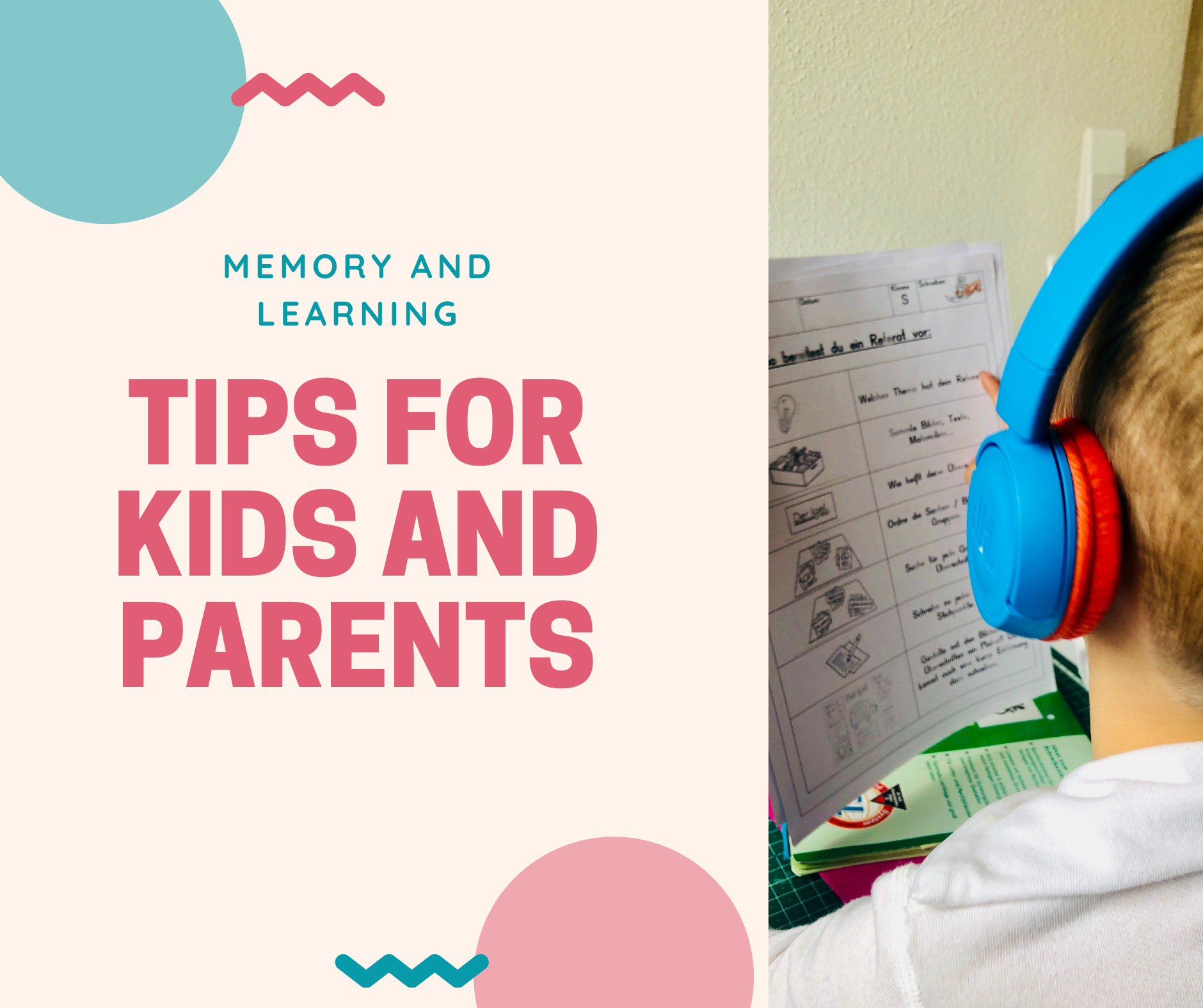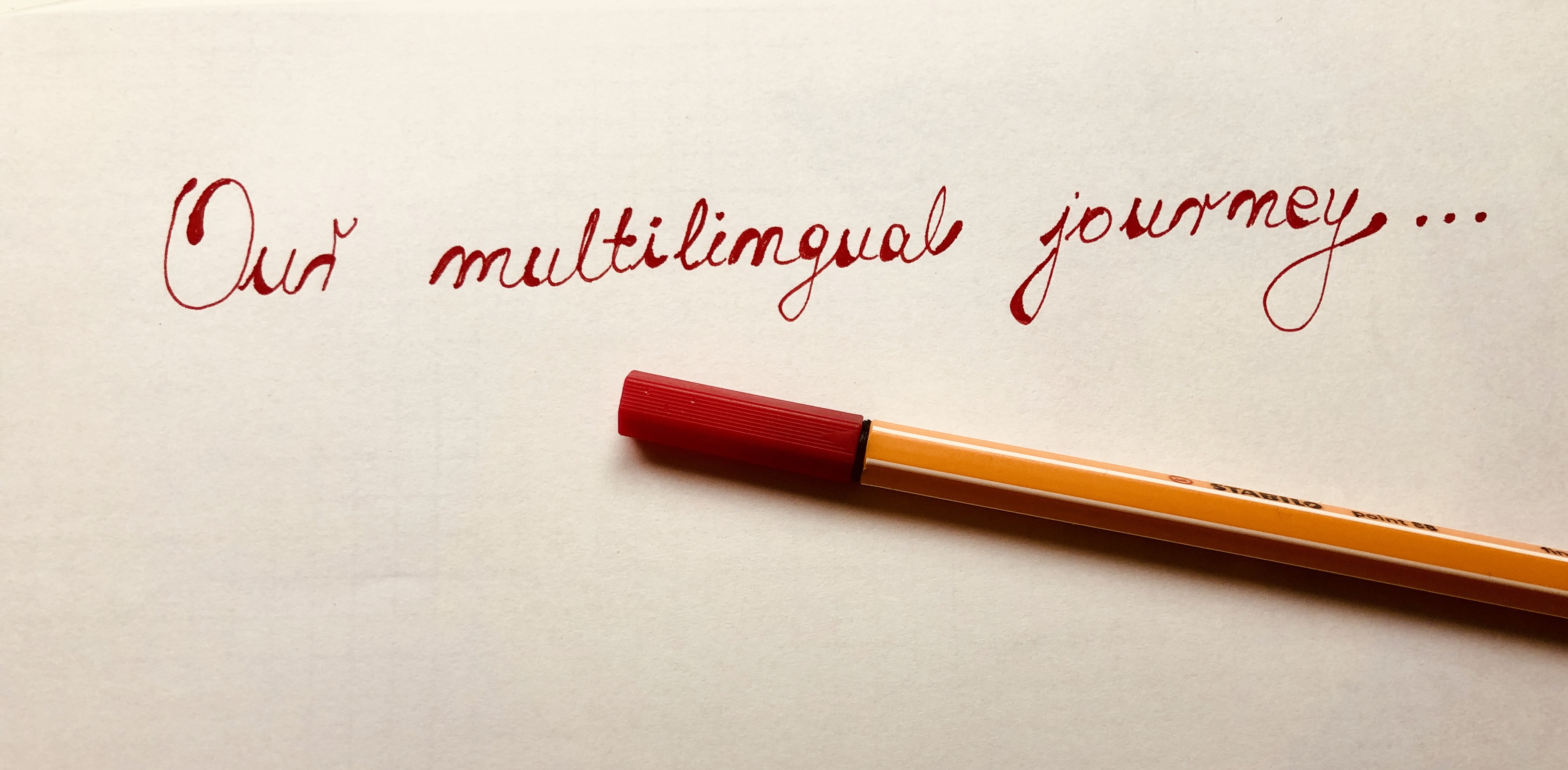Arctic and Antarctic
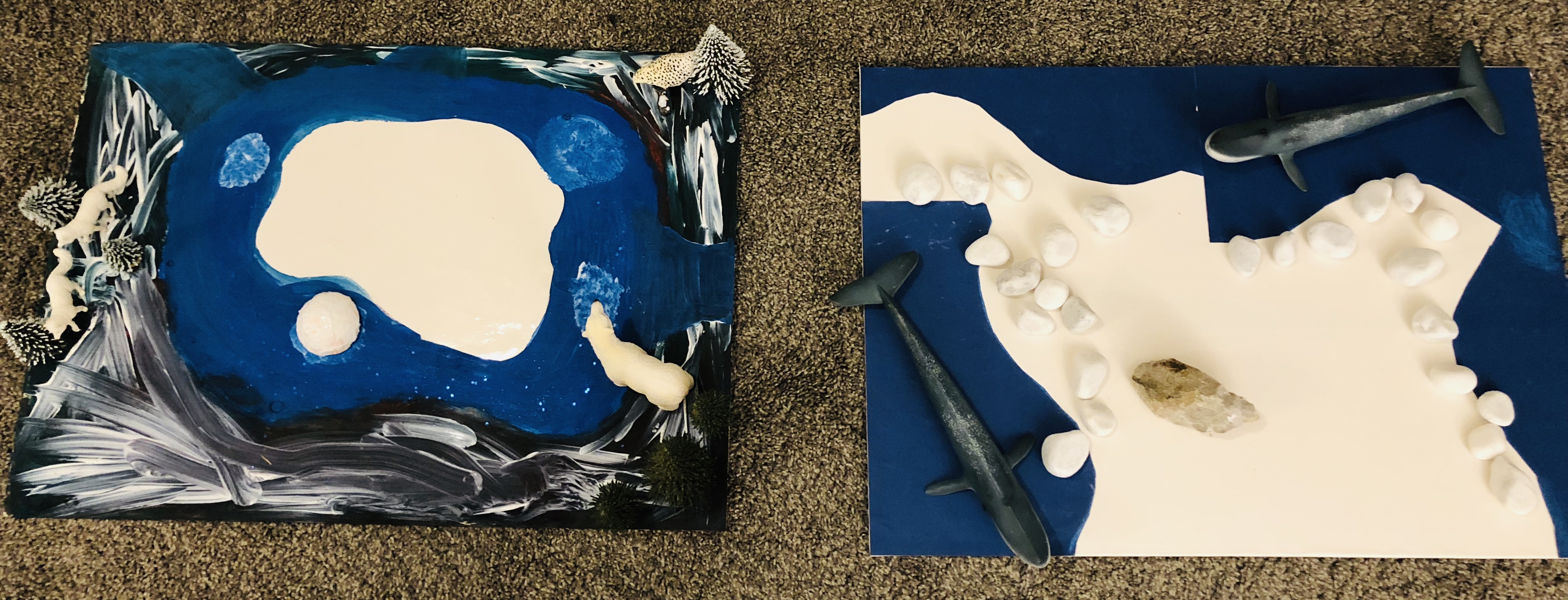
This was one of those projects that include all kinds of different activities - from old-fashioned book learning to learning by doing. And most importantly, everything was a play. We spent a lot of time outside, read books, made interesting materials for playing, and along the way we learned a lot (and I don't mean only the kids).
Materials:
- World map, atlas or globe
- Tickets to ZOO (optional)
- "Animal hunt" list
- Two old boards
- Self-adhesive white paper
- Paint (we used acrylic paint)
- Paintbrushes
- Models of trees
- "ice blocks" (we used a few decorative white stones from a candle holder)
- Animal toys (we had an arctic fox, polar bear, snowshoe hare and an owl for the Arctic, and blue whales and penguins for the Antarctica)
Step 1.
Globe. Our boys got this money-saving globe bank when they were babies. They often played with it, sometimes put some money in it, and asked questions about the "white part" of Earth.
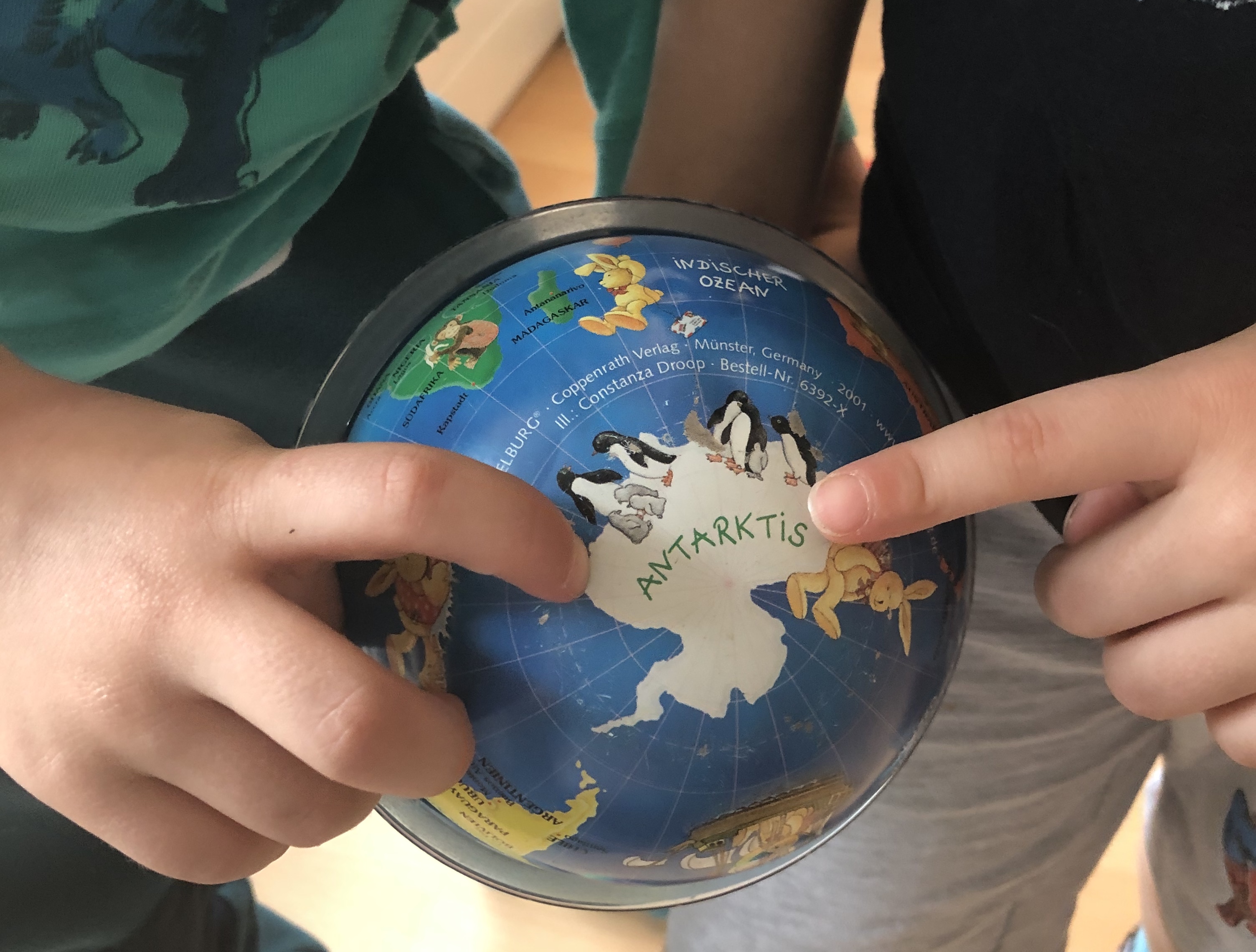
Preparation.
Dr Internet and books know a lot about the poles. So, we learned something about animals that live there and made a list of those that can be found at the Munich ZOO, just like a little treasure hunt with animals.
And treasure hunts are a great way to get your kids to play outside.
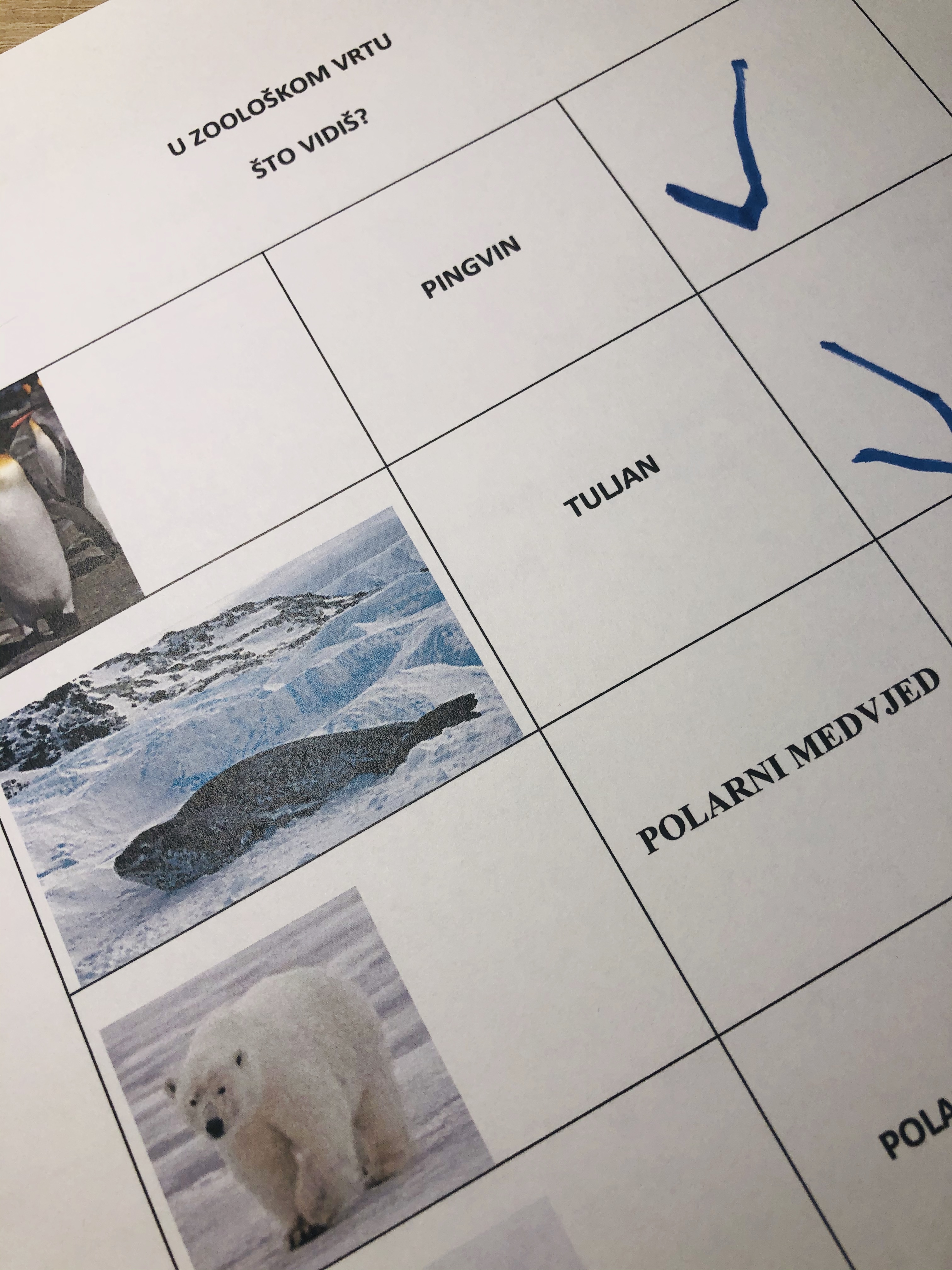
This one was in Croatian, our mother tongue. However, activities like this one can be a great tool for multilingual development as well.
Step 3.
ZOO. We visited the Munich ZOO. It was our millionth time there, but this visit had a specific goal – polar animals.
We found the penguins (gentoo, king and rockhopper penguins), polar bears, the arctic fox, snowy owl, sea lion, and the mountain hare.
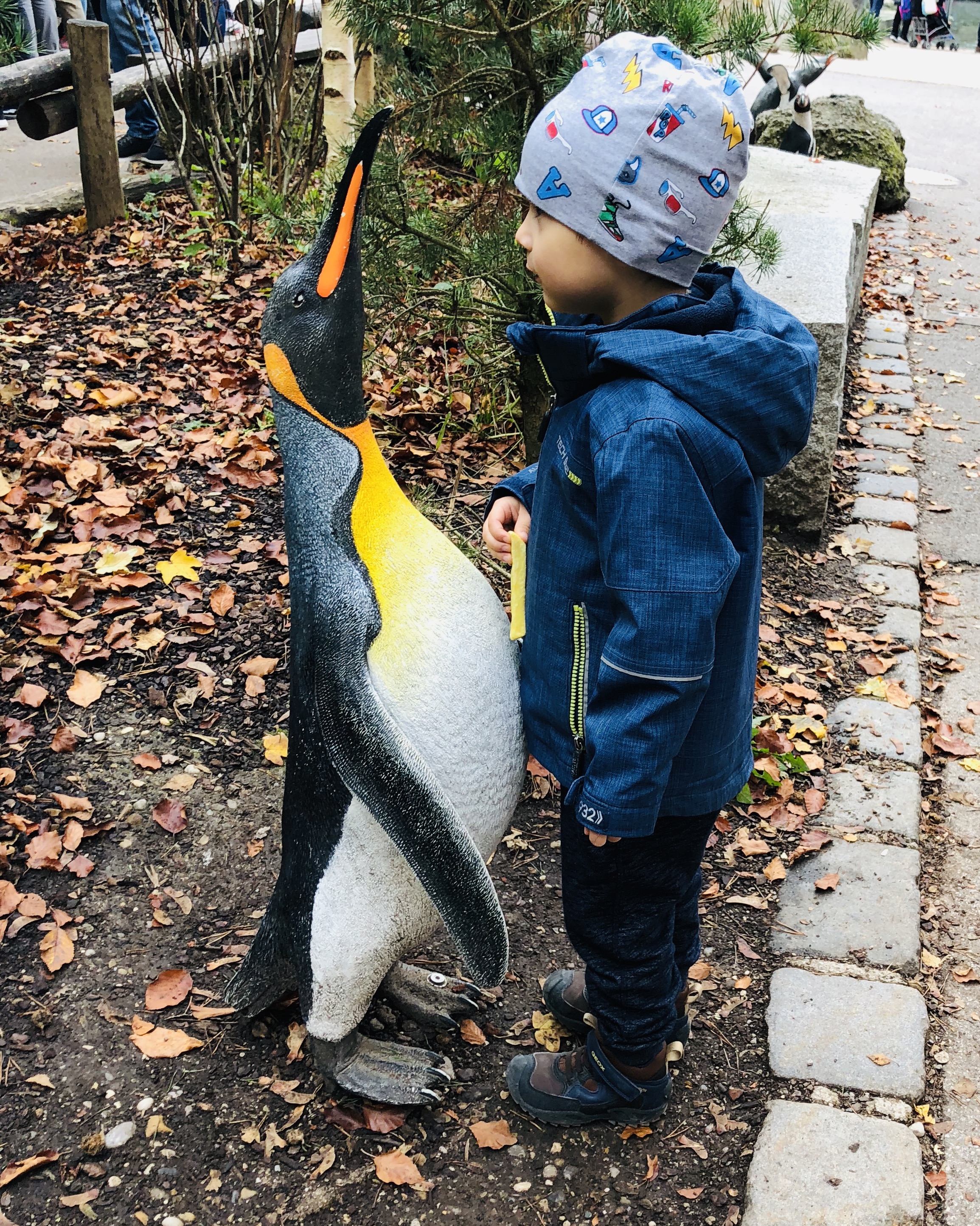
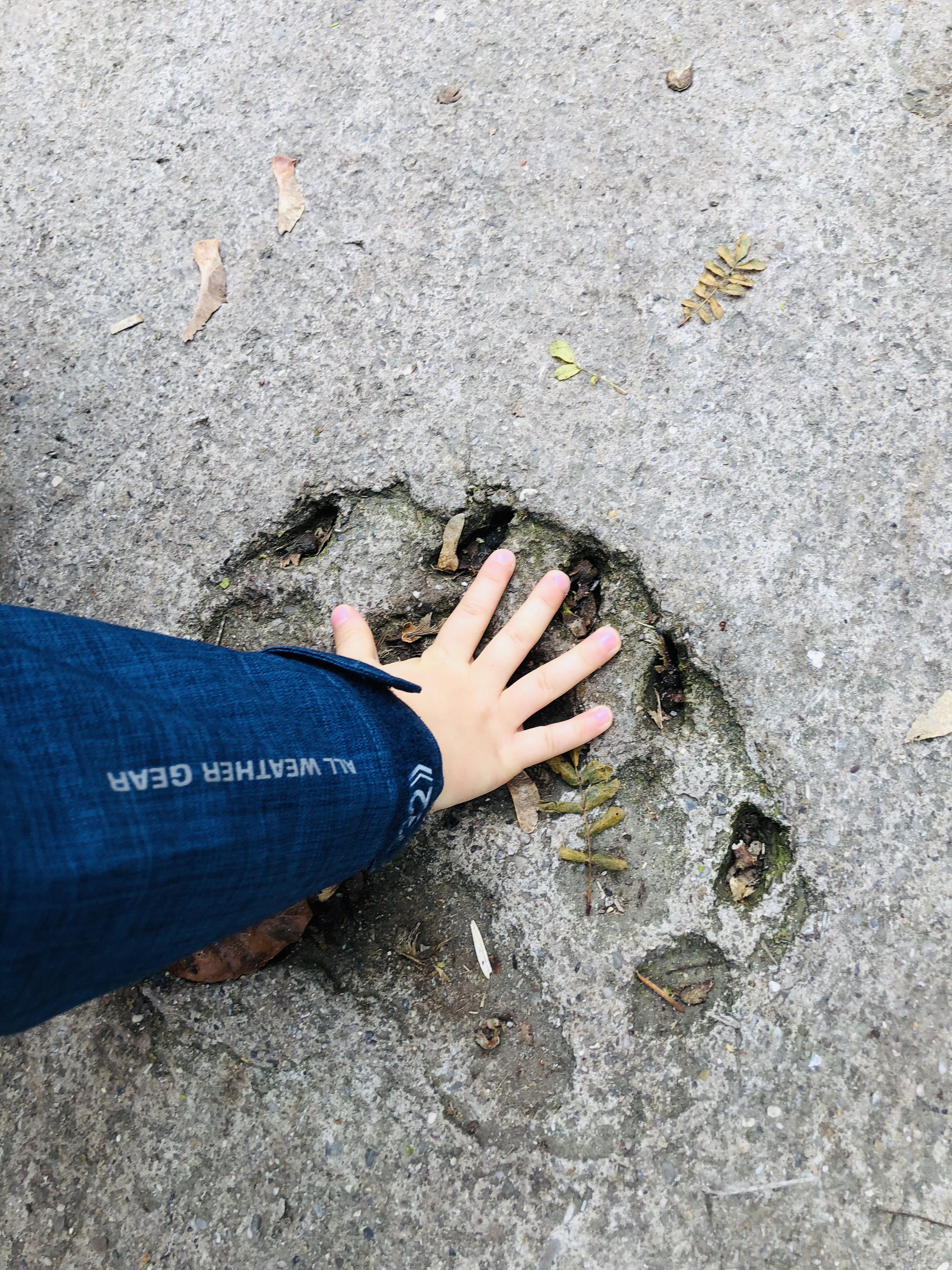
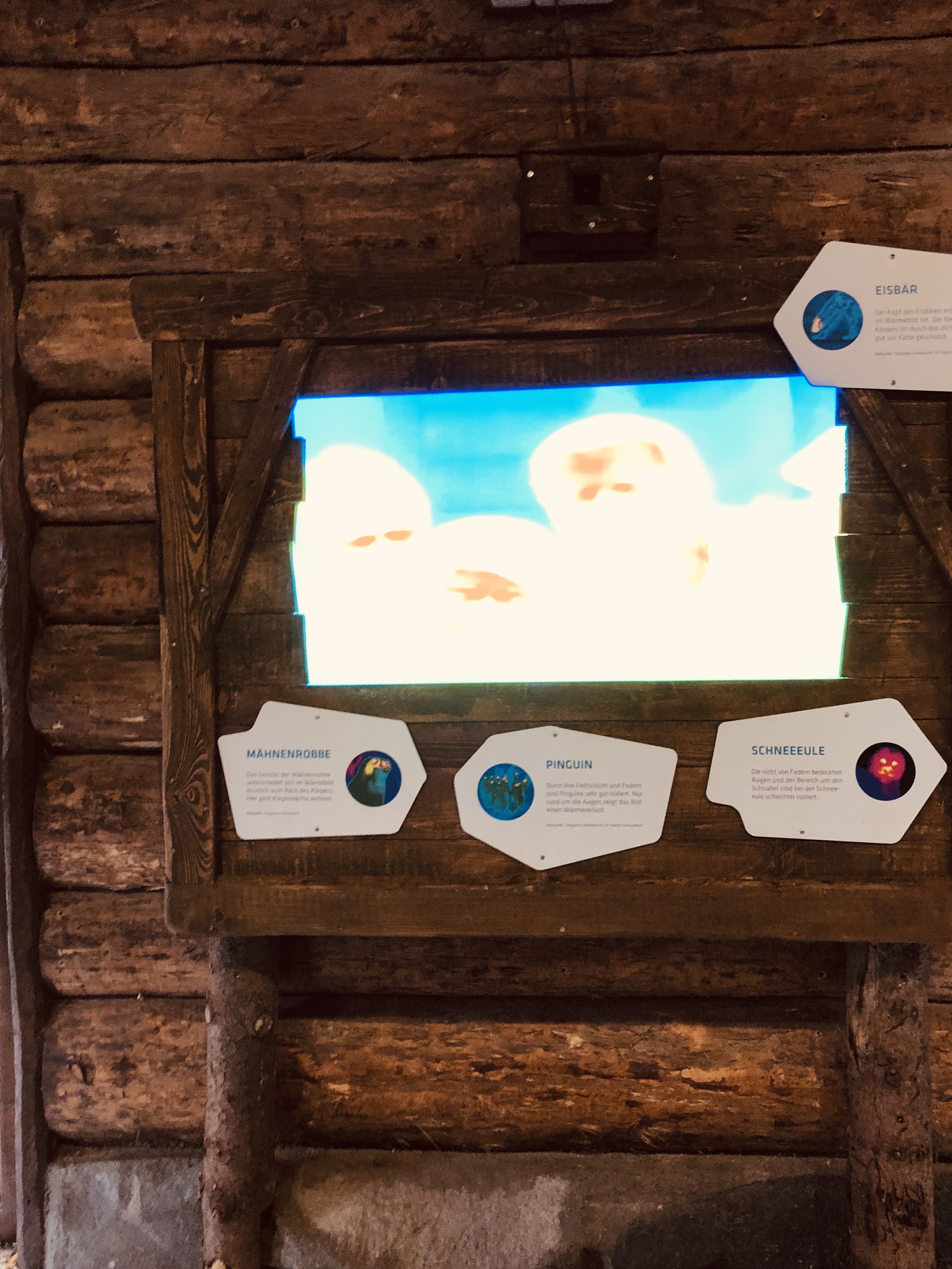
The temperature at the North Pole ranges from +13°C in summer to -43°C in winter. At the South Pole, it is around -12.3°C in summer and gets around -62°C in winter. And I thought it is cold in Munich.
At the age of three, our boys didn't really remember the temperatures. What they learned was that the North Pole is very cold but still warmer than the South Pole.
After the ZOO, we got home. The next day, we started working on the models of the poles. For this activity, we used two old boards.
Step 4.
The Antarctica is mostly ice and sea. First, we made the white part - snow and ice.
Measure and cut out a piece of white adhesive paper. It should be the size of the board. The paper in the picture is great because it has lines. Because of that, our kids could easily cut this piece, which later presented the ice part on the pole.
Then we wrapped the board into the adhesive paper and put some white stones we found in a decorative candle holder. Those were the icy mountains.
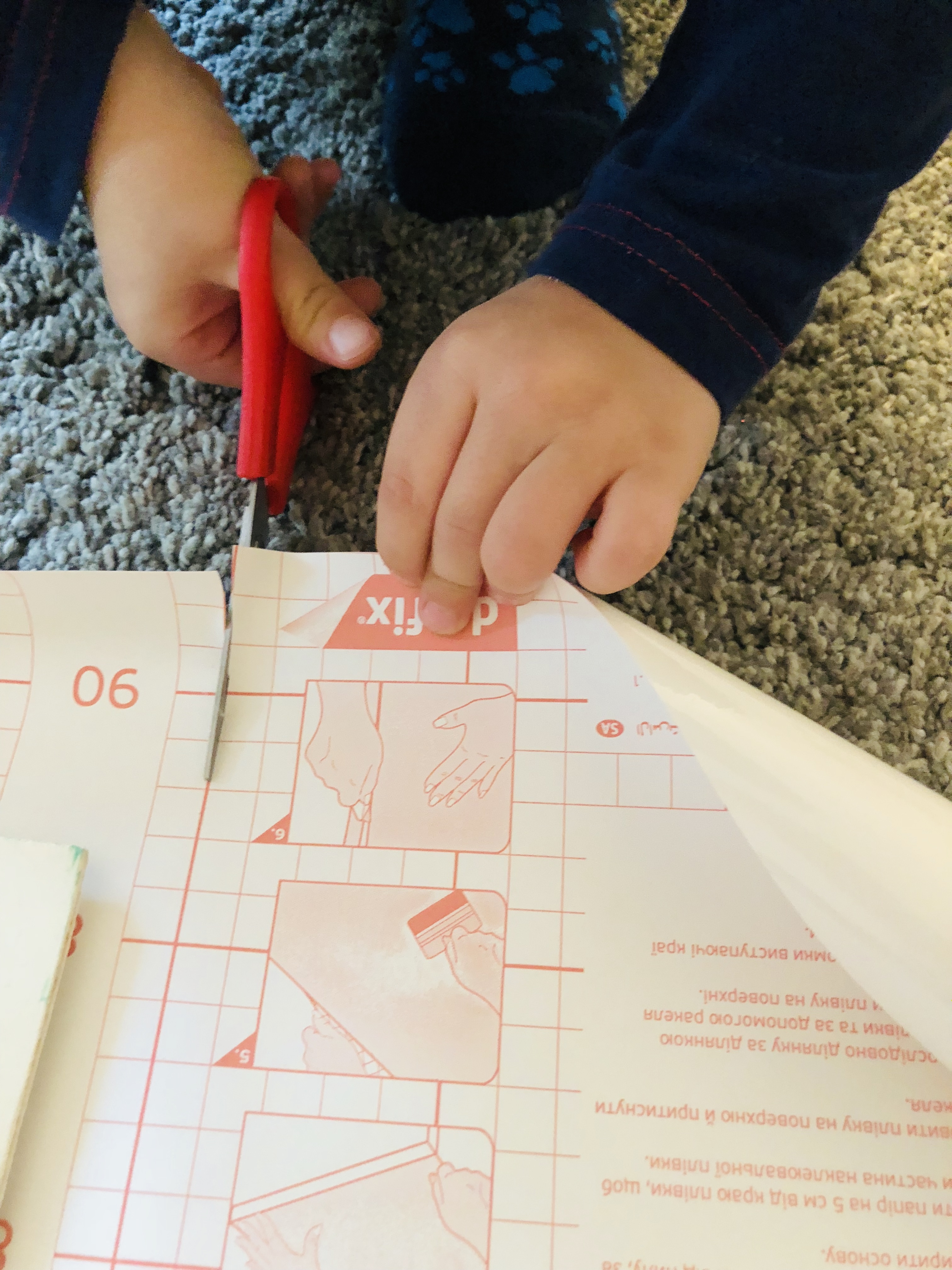
Step 6.
Oceans. The south pole is surrounded by sea. With some help of different books and maps, I outlined the oceans on a blue piece of paper. The boys cut the lines and glued it around the "pole".
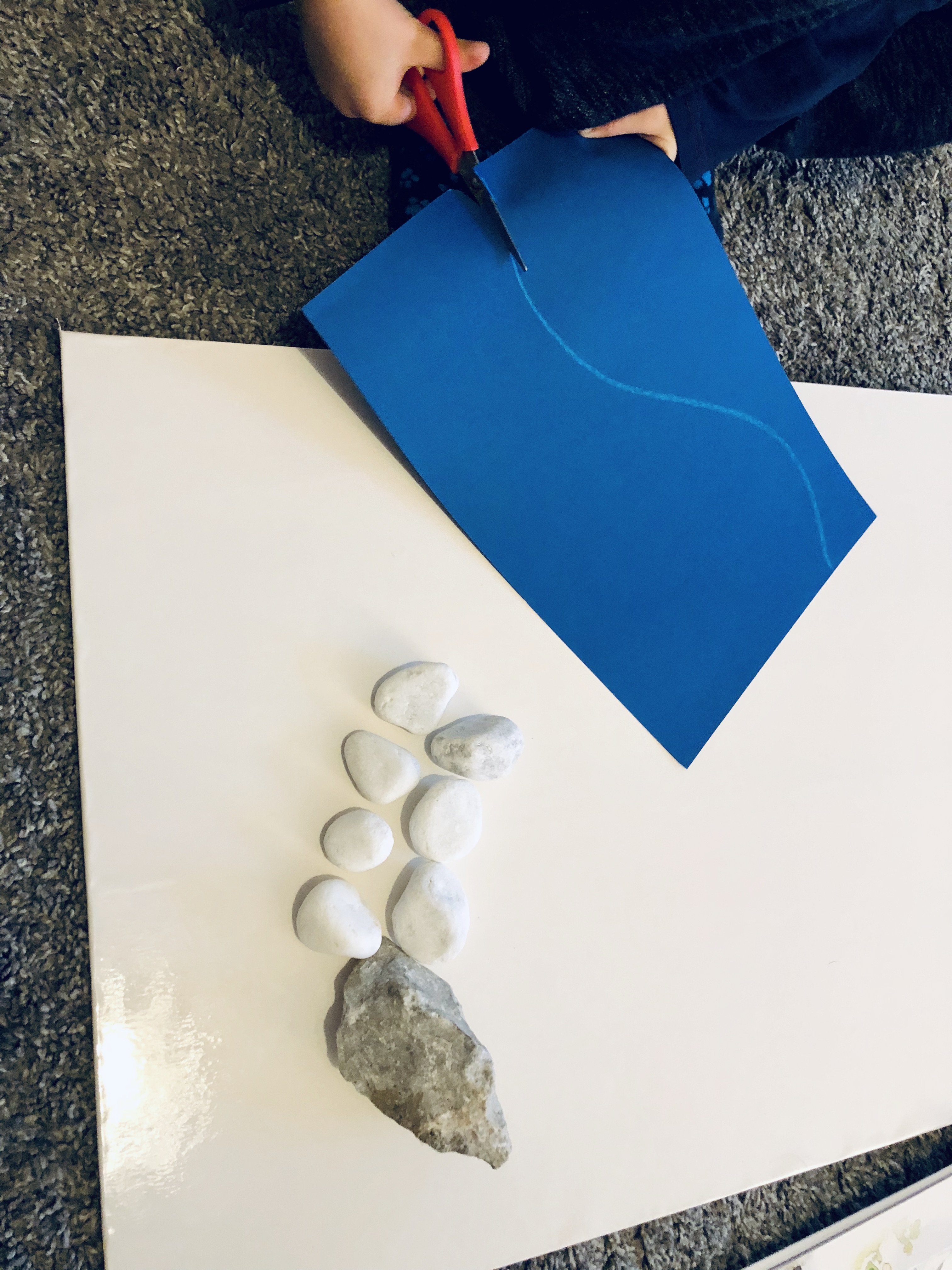
Step 7.
Animals. Antarctica has an abundance of animal life. However, we focused only on penguins and whales. Why? Because those were the only toys we had :) Some other animals that live there are: seals, petrels, albatrosses, and krills.
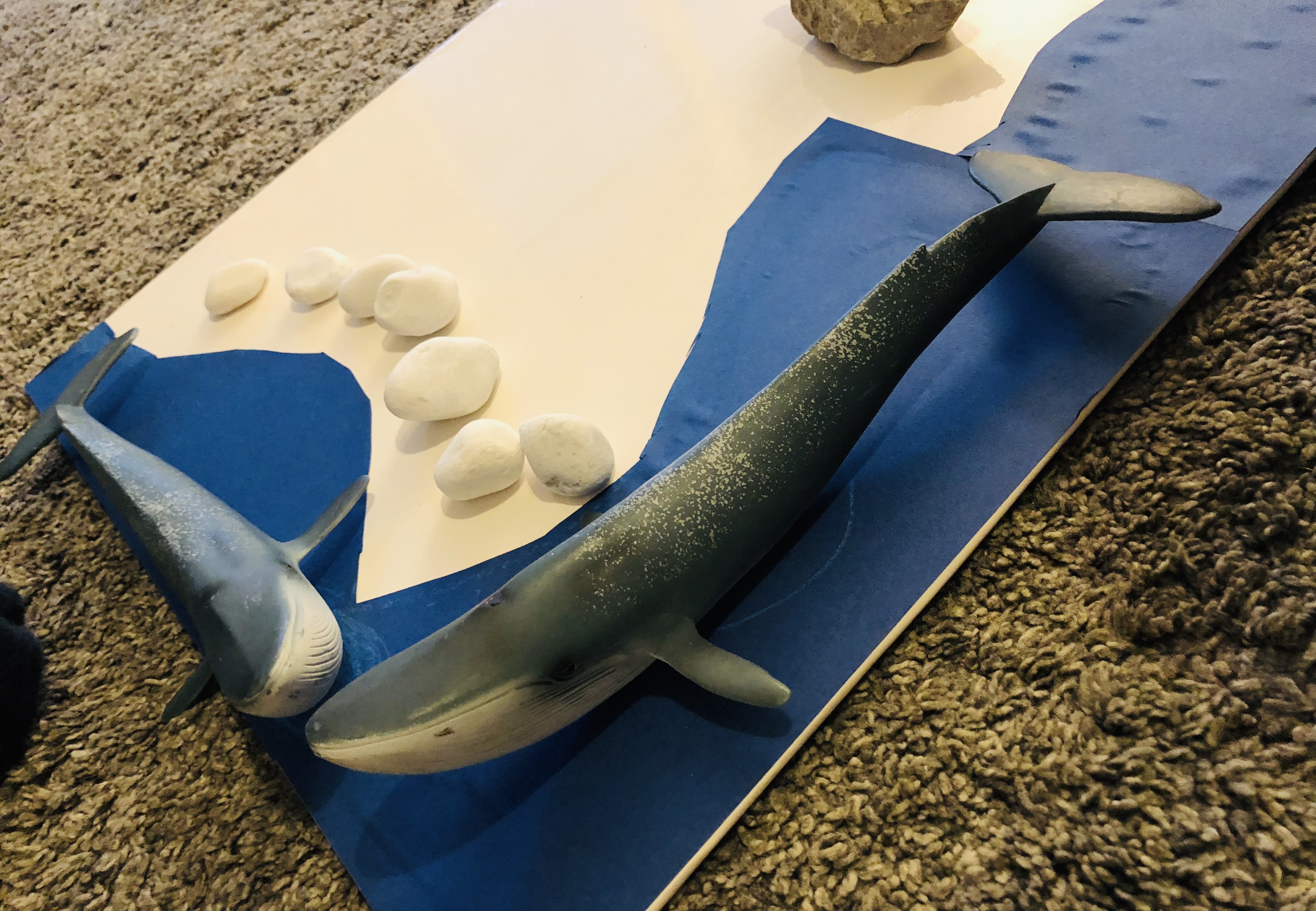
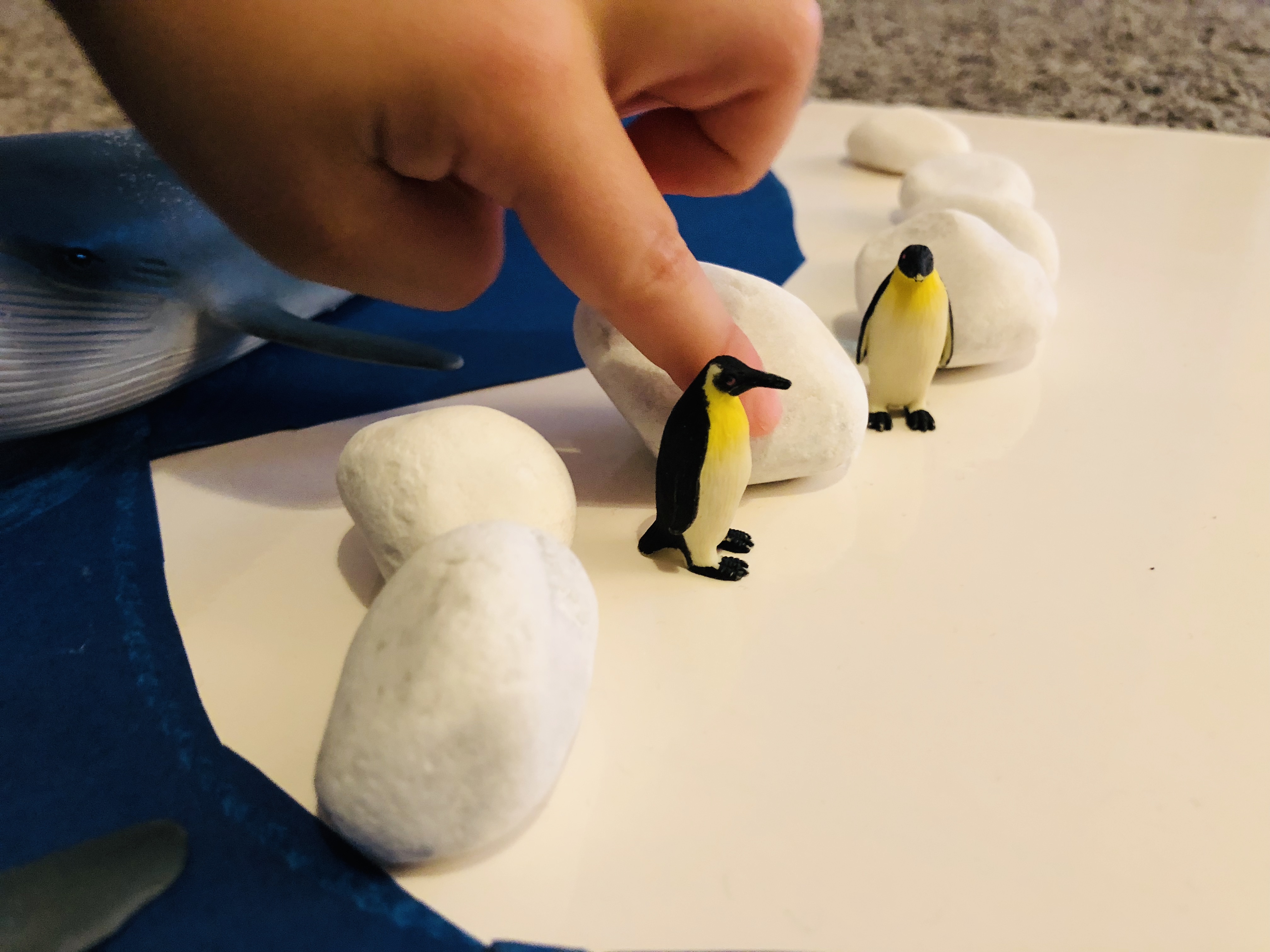
Step 8.
The Arctic.
While the Antarctic is a land surrounded by a sea, the Arctic is a sea surrounded by land. So, again with some help of books and maps, I outlined the Arctic ocean. The boys painted the ocean blue, but left the middle part empty - that part is covered in snow and ice.
(Ignore the green lines on the board. Like I said, this was an old one.)
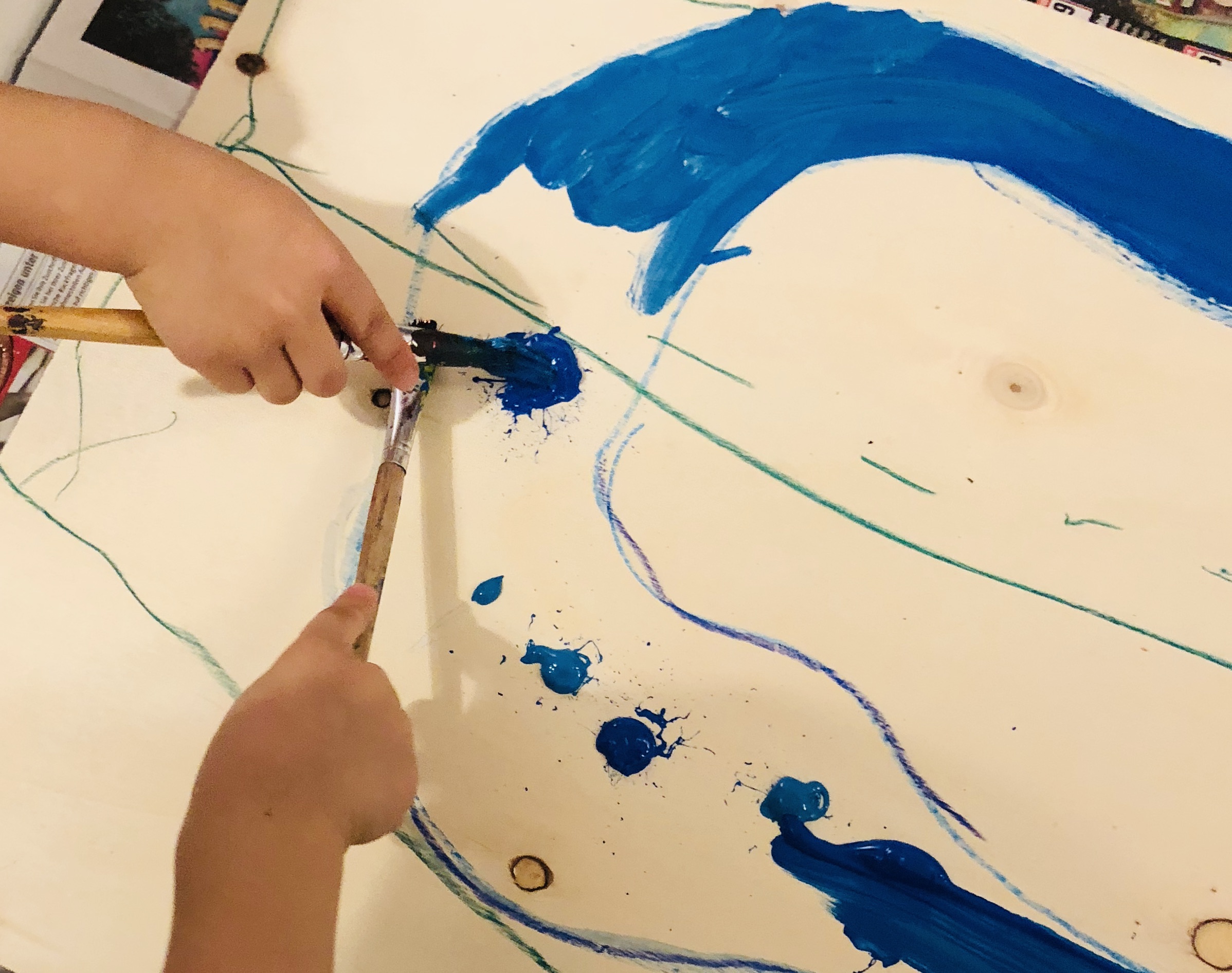
Step 9.
Ice and land. We cut out a piece of that white adhesive paper and put it in the middle of the Arctic ocean. Then, the boys painted the land which is covered in tundra, which means that the plants there are usually grass, moss and lichens. So, we combined a bit of green and brown for the plants, and put some white paint for the snow. In the Arctic, there are some trees as well.
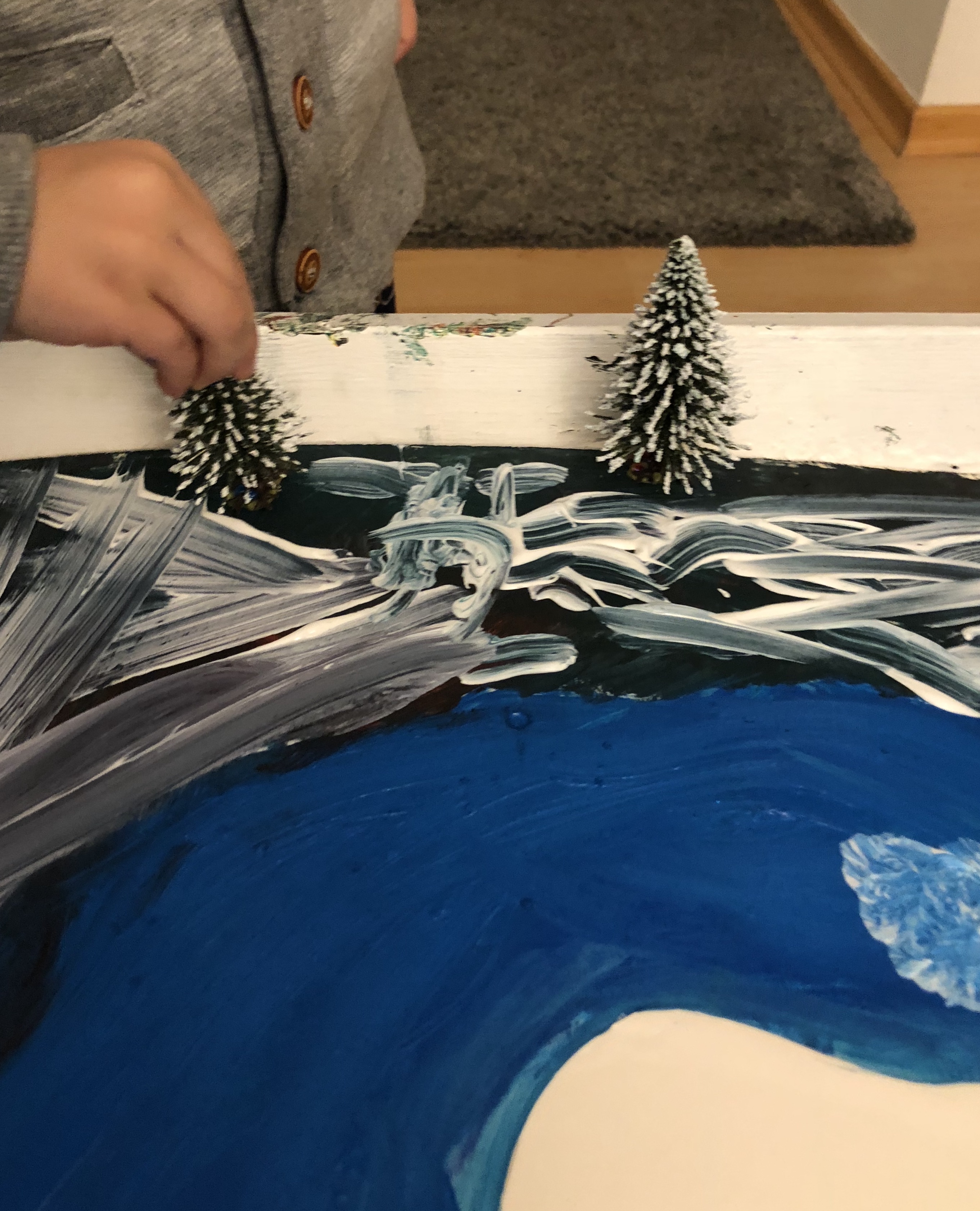
Step 8.
Animals. The Arctic has a wider variety of animal life than Antarctica. Some of them are: arctic fox, hare, and wolf, moose, musk oxen, narwhal, beluga, polar bear, some seals and owls.
Step 9.
Play. Finally, we came to the most important part of this project - play. The boys pretended to go on an expedition to the poles, and experienced some interesting adventures.

